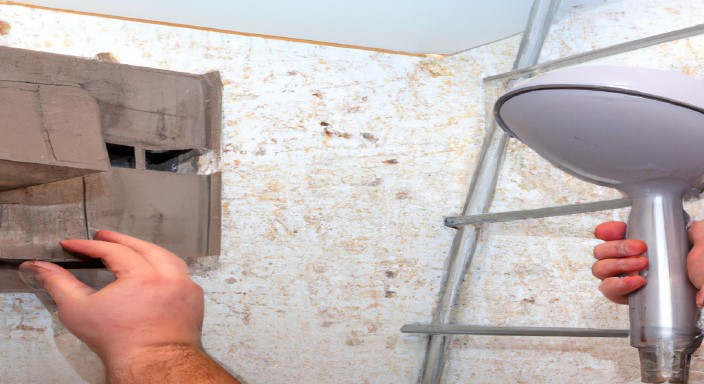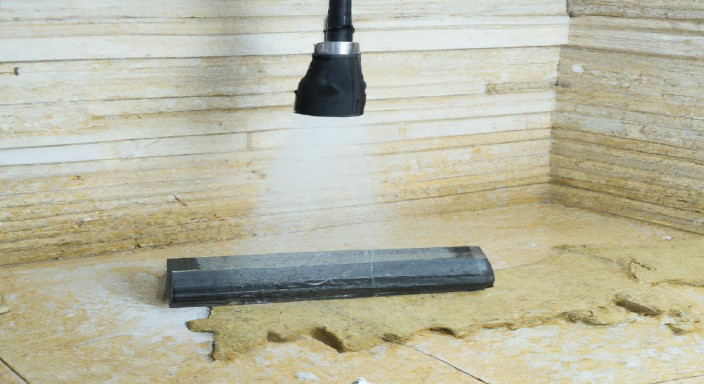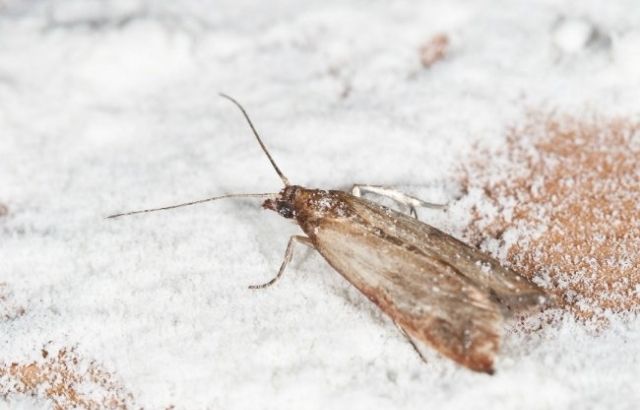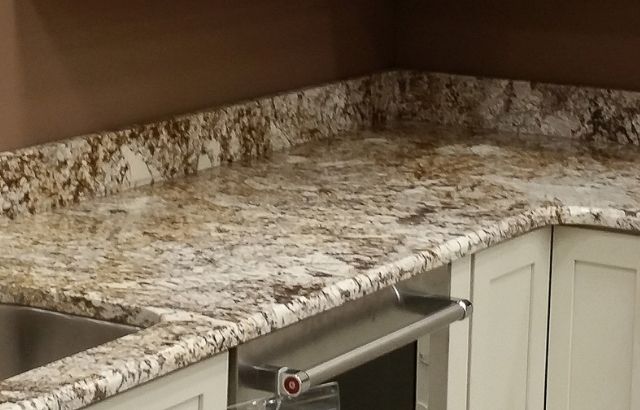Maintaining a clean and healthy bathroom environment is essential for healthy living, and one of the most critical aspects is keeping shower mold and mildew at bay. Travertine, one of the most popular materials used in showers, is a porous stone that can be especially vulnerable to mold growth. Let’s learn how to clean travertine shower mold.
Before keeping your travertine shower looking its best, it is vital to establish a regular cleaning routine and promptly address any mold or mildew buildup.
- Identify the type of mold on the travertine shower.
- Prepare a cleaning solution
- Apply the cleaning solution to the travertine shower
- Scrub the mold away
- Rinse the Travertine shower.
- Dry the Travertine shower
- Apply a sealer to the Travertine shower
- Maintain proper ventilation and humidity in the bathroom
- Perform regular mold checks
- Call a professional cleaner if needed
Following the steps in this Home Affluence post, you can ensure your travertine shower stays beautiful and free of mold for years to come.
Learn More: How To Clean Shower Floor
How To Clean Travertine Shower Mold
Identify the type of mold on the Travertine shower
The first step in cleaning Travertine shower mold is to identify the type of mold present.
Most molds growing on Travertine shower surfaces are likely black, although other types of molds may be present.

If you are still determining the type of mold on your Travertine shower, it is best to have it identified by a professional.
Different molds have different cleaning requirements, so use the appropriate cleaning solution for the type of mold present.
Learn More: How To Clean Stone Tiles In Shower
Prepare a cleaning solution.
Once you have identified the type of mold you are dealing with, proceed to prepare a cleaning solution to remove the mold effectively.

You will need to mix one-part warm water with one-part white vinegar to create a solution to clean the affected area.
Additionally, consider using a commercial anti-fungal cleaning solution to ensure that any remaining mold does eliminate.
Apply the cleaning solution to the Travertine shower
After allowing the detergent to sit on the mold, it is time to apply the cleaning solution.
You will need a cleaning solution designed explicitly for Travertine stone, such as a mild acid-based cleaner. Using a cloth, gently apply the cleaner on the mold, avoiding any contact with the surrounding grout and tiles.

Allow the cleaner to sit for 5-10 minutes, then rinse the area thoroughly with fresh water. Repeat this process until all the mold and dirt are gone.
Scrub the mold away
After scrubbing the surface of the travertine shower with a sponge:

- Use a scrub brush to remove any remaining mold.
- Focus on areas where the mold is most prominent and use a circular motion.
- Rinse the brush off in between scrubbing different sections of the shower.
- Once all the mold has do remove, use a wet/dry vacuum to suck up any excess water from the battery.
- Reapply the cleaner and scrub again to ensure the mold is completely gone.
Rinse the Travertine shower.
After cleaning the travertine shower surface, it is important to rinse it thoroughly with clean water to remove all traces of the cleaning solution.

Pay extra attention to the grout lines, as this is a common area for soap scum and mildew to accumulate.
Next, rinse the shower with a soft cloth or mop, allowing it to air dry.
Repeat the cleaning process with a more robust solution if mold or mildew do not entirely remove.
Dry the Travertine shower.
After completing all the cleaning steps, it is time to dry the travertine shower. Start by using a towel to dry the tiles and grout, especially in areas with heavy soil.

Once you have wiped down the surface, use a fan to help dry the site faster. Additionally, open the windows to allow more air circulation. Finally, enable the shower to dry before you use it again.
Apply a sealer to the Travertine shower.
Once the mold does eliminate, it is vital to seal the travertine shower to prevent the recurrence of the mold. To do this:

- Use a sealer that does formulate for travertine surfaces.
- Please read the instructions on the sealer to ensure it is applied correctly.
- Use a clean cloth to apply the sealer in a thin, even layer over the entire shower surface.
- Allow the sealer to dry for the time suggested by the manufacturer before using the shower.
Maintain proper ventilation and humidity in the bathroom
Proper ventilation and humidity control are a must when cleaning travertine shower mold. Ensure the bathroom is well-ventilated, with a fan that runs continuously.

Additionally, it is essential to monitor humidity levels in the bathroom to ensure they are in the comfortable range.
If the bathroom is too humid, install a dehumidifier to help regulate the humidity.
Keeping the bathroom well-ventilated and dry will help to prevent mold from growing and forming in the first place.
Perform regular mold checks.
You need to regularly check for mold in travertine showers, as mold can cause a variety of health risks and damage the shower itself.
Do this at least every few months or more frequently if water damage or humidity is present.

During the inspection, look for signs of mold, such as discoloration, musty smells, or dampness.
If mold does find, the area should be cleaned and dried immediately. For more persistent mold, professional mold remediation may be necessary.
Proper ventilation and sealing of the shower should also help prevent the growth of mold in the future.
Call a professional cleaner if needed.
Professional cleaners provide a deeper clean than traditional methods, such as vacuums, mops, and dusters. In addition to removing dirt, dust, and debris, professional cleaners can also remove stains, discoloration, and odors from carpets, upholstery, and hard surfaces.
They use specialized tools, techniques, and solutions to eliminate dirt, debris, and smells that ordinary cleaning methods may not be able to remove.

When traditional travertine shower mold cleaning methods are not enough, calling a professional cleaner is the best way to ensure that a home or office is immaculate.
Expert Opinion
In conclusion, cleaning travertine shower mold is a simple task. With regular maintenance, you can keep your travertine shower looking great. Cleaning the shower with a mild soap and water solution, followed by a vinegar and water solution to kill the mold, and then sealing the stone with a stone sealer will help keep your travertine shower looking new.
Taking the time to clean and seal your travertine shower will help protect it from mold, mildew, and other contaminants, keeping it looking its best. To sum up, cleaning travertine shower mold can be an intimidating task.
However, with the right supplies, the correct cleaning methods, and the right attitude, you can ensure the surfaces in your bathroom stay clean and free from any unwanted mold.




